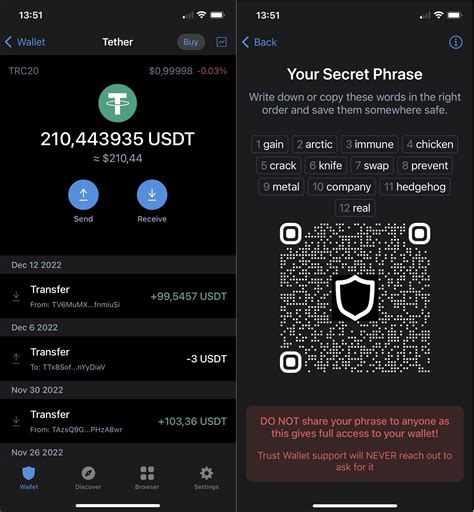
Getting Started with Signet: A Step-by-Step Guide

In recent years, the world of blockchain technology has gained considerable attention, leading to a surge in interest from developers, investors, and individuals. Among the various platforms competing for attention is Ethereum (ETH), a decentralized platform that enables the creation of smart contracts and decentralized applications (dApps). Signet, a fork of the Ethereum mainnet, aims to provide a more scalable and secure alternative for users looking for a more efficient and private way to use blockchain technology. In this article, we will guide you through the process of setting up Signet.
What is Signet?
Signet is an open-source platform that uses Ethereum’s smart contract technology to enable the creation of decentralized applications (dApps). It was launched in 2019 as a fork of the Ethereum mainnet and has since gained popularity among developers and users who value its scalability, security, and ease of use.
Why Choose Signet?
So, why choose Signet over other blockchain platforms like Ethereum? Here are some compelling reasons:
- Scalability: Signet is designed to be more scalable than Ethereum, allowing for faster transaction processing times and higher network capacity.
- Security: Signet has implemented several security measures to protect users’ assets, including the use of a new proof-of-work consensus algorithm and improved wallet encryption.
- Ease of Use: Signet’s user interface is designed to be more intuitive and user-friendly than Ethereum’s, making it easier for new users to get started.
Getting Started with Signet
To get started with Signet, you’ll need to follow these steps:
Step 1: Download the Signet Wallet
Signet offers a range of wallets that support public and private key management. You can download the wallet software from the official Signet website. For this example, we’ll be using the signet-wallet package on GitHub.
Step 2: Create a New Wallet Account
- Open your web browser and navigate to [www.signet.io](
- Click “Get Started” and select “Create Account”.
- Fill in the required information, including your email address and password.
- Verify your email address by clicking the link sent to you by Signet.
Step 3: Set up your wallet
- Log in to your new wallet account using the credentials you created earlier.
- You will be prompted to set up your wallet. Choose “Create a new wallet” and follow the instructions.
- Signet will generate a seed phrase for your wallet, which is used to store your funds.
Step 4: Fund your wallet
- To fund your wallet, you can either transfer Ethereum tokens from another blockchain platform or use Signet’s native cryptocurrency, NEM (also known as NEM-NG).
- You can also deposit fiat currencies like USD using a reputable cryptocurrency exchange.
Step 5: Use Signet Wallet to Create and Send Smart Contracts
- To create and send smart contracts on Signet, you will need to write Solidity code.
- Connect your local development environment by downloading the necessary files in the
signet-walletpackage.
- Use the wallet’s built-in contract manager to deploy and execute smart contracts.
Conclusion
Setting up Signet is a simple process that requires only basic knowledge of blockchain technology. With a focus on scalability, security, and usability, Signet has become an attractive alternative for developers and users looking for a more efficient and private way to use blockchain technology. By following these steps, you can get started with Signet and start building your own decentralized applications.
Resources:
- [Signet Official Website](
- [Signet GitHub Page](
RELATED POSTS
View all
